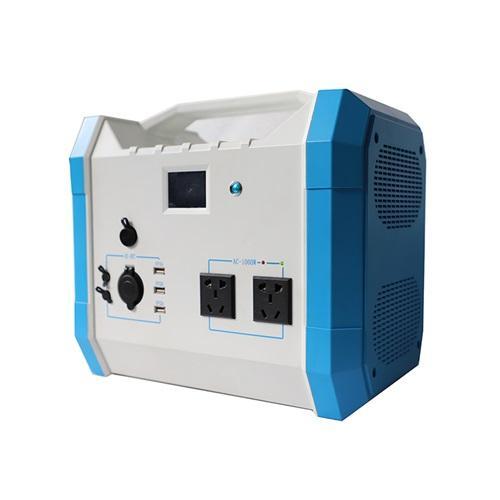What to Consider When Choosing a Portable Battery Backup Power System
Power outages can disrupt daily life, whether you're camping, dealing with frequent blackouts, or preparing for emergencies. A portable battery backup power system offers a reliable solution. However, with many options on the market, it can be difficult to choose the right one. Here's a simplified guide to help you select the best system for your needs:
1. Capacity and Power Output
Start by looking at the battery's capacity and power output, usually measured in watt-hours (Wh) or ampere-hours (Ah). These figures tell you how much energy the system can store. Consider the devices you want to power and their energy requirements. Choose a system that can keep your devices running for the amount of time you need, whether that's a few hours or days.
2. Portability and Size
If you need a system for outdoor use or travel, portability is key. Check the size, weight, and design to make sure it's easy to carry. Features like handles or straps add convenience, and a rugged, durable design ensures it can withstand outdoor conditions. Lithium batteries are a great choice for portability, as they are much lighter (up to 60% less) than lead-acid batteries.
3. Input and Output Ports
Ensure the system has the right ports for your devices. Look for a mix of AC outlets, USB ports, DC outlets, and possibly USB-C for phones, laptops, and cameras. Also, check the power output of each port to confirm it meets your device requirements.
4. Charging Options
Consider the charging options available for the backup system. Multiple charging methods—such as wall outlets, solar panels, car chargers, and generators—offer flexibility, especially if power sources are limited. Pay attention to how long it takes to recharge the system and select one that fits your needs, whether for emergency situations or outdoor activities.
5. Battery Type and Technology
Different battery types have different performance characteristics. Lithium-ion batteries are lightweight, efficient, and fast-charging, making them ideal for portability. Lithium iron phosphate (LiFePO4) batteries are known for their stability and long cycle life, making them a great option for long-term use. Lithium batteries provide 25-50% more usable capacity than lead-acid batteries, making them a more reliable choice.
6. Safety Features
Safety is crucial when choosing a portable battery system. Lithium iron phosphate batteries (LiFePO4 batteries) are the safest type, as they are non-toxic and resistant to overheating or fires. Look for built-in safety features like overcharge, over-discharge, short circuit protection, and temperature control. Ensure the system includes a Battery Management System (BMS) to monitor these features. Also, check for safety certifications such as UL or CE.
7. Additional Features
Some systems come with useful extras, like built-in LED lights for emergencies, digital displays to show battery status, or power inverters to run larger appliances. These added features can enhance the overall usability of the system.
By considering capacity, portability, ports, charging options, battery type, safety, and additional features, you can select a portable battery backup power system that meets your needs and ensures reliable, uninterrupted power in any situation.
Next:How to Select the Right Single-Phase and Three-Phase String Inverters for Your Solar System
Previous:Signs of a Failing Golf Cart Battery and How to Test It
